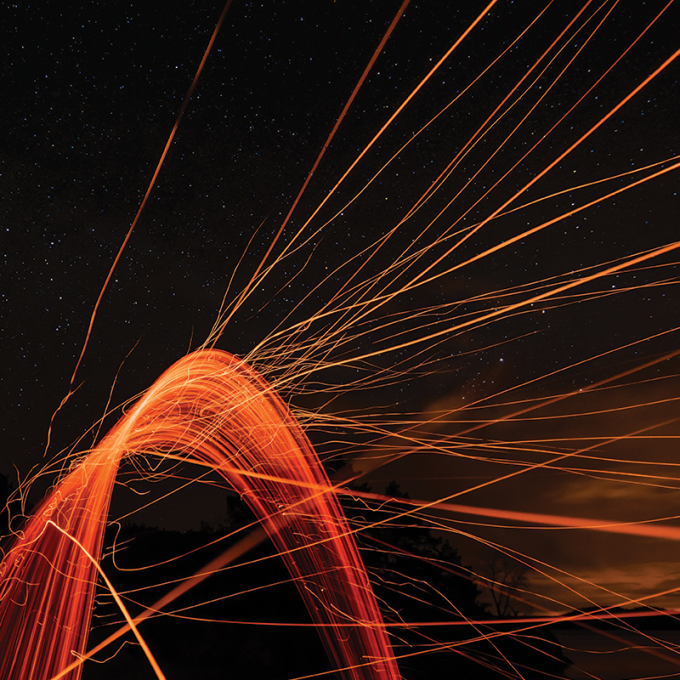Professor Dickhoff's research concentrates mostly on the solution of the nuclear many-body problem. He teaches undergraduate and graduate courses in quantum mechanics, nuclear and particle physics.
Dickhoff has contributed to a quantitative understanding of the role of correlations beyond the mean-field in determining the properties of nucleons in the ground states of nuclei with closed shells near the valley of stability. He is currently engaged in studying the role of such correlations when climbing up the valley to the proton and neutron drip lines where nuclei are studied, which may only occur in supernova explosions in nature. Some of these nuclei can now be studied at new facilities in the US, Japan, Germany, and France. Due to the possibility for large differences between the number of protons and neutrons, such systems are also of particular interest for the study of neutron stars. Dickhoff has co-authored a textbook together with Dimitri Van Neck from the University of Ghent, Belgium, now in its second edition, entitled Many-Body Theory Exposed! - Propagator Description of Quantum Mechanics in Many-Body Systems.
With colleagues from Spain, England, Germany, and Belgium, as well as participation of several graduate students and the occasional post-doc, his group attempts to answer the fundamental science question: How do the properties of protons and neutrons in the nucleus change from the valley of stability to the respective drip lines? Since new experimental information relies on strongly interacting probes this also means that the group is engaged in improving the description of nuclear reactions by utilizing the dispersive optical model (DOM).
The phase diagram of the matter of nuclei is presumed known at extremely high density and low temperatures, and low density and high temperature. At high temperature and small chemical potential, quark-gluon plasma with unusual properties provides the correct description. Less well understood is the phase diagram of nucleonic matter around densities corresponding to the interior of heavy nuclei and its critical dependence on nucleon asymmetry. The corresponding science question also studied in the group therefore reads: What is the phase diagram of the nucleonic matter as a function of density, temperature, and isospin with emphasis on superfluidity or superconductivity and its relevance for neutron stars.
Professional History
Professor Dickhoff received his "Kandidaats" (BSc) in 1974, "Doctoraal" (MSc) in 1977, and PhD in 1981 from the Free University in Amsterdam. The title of his thesis was "The particle-hole interaction and pion condensation." During his doctoral studies he spent the first year at the Institut für Kernphysik in Jülich, Germany. After his thesis defense he moved to Tübingen, Germany, for four years of postdoctoral research. After one year at TRIUMF on the campus of UBC in Vancouver he moved to St. Louis and became assistant professor in the Washington University physics department in 1986. Since 1997 he is a full professor. He recently was elected a Fellow of the American Physical Society.

